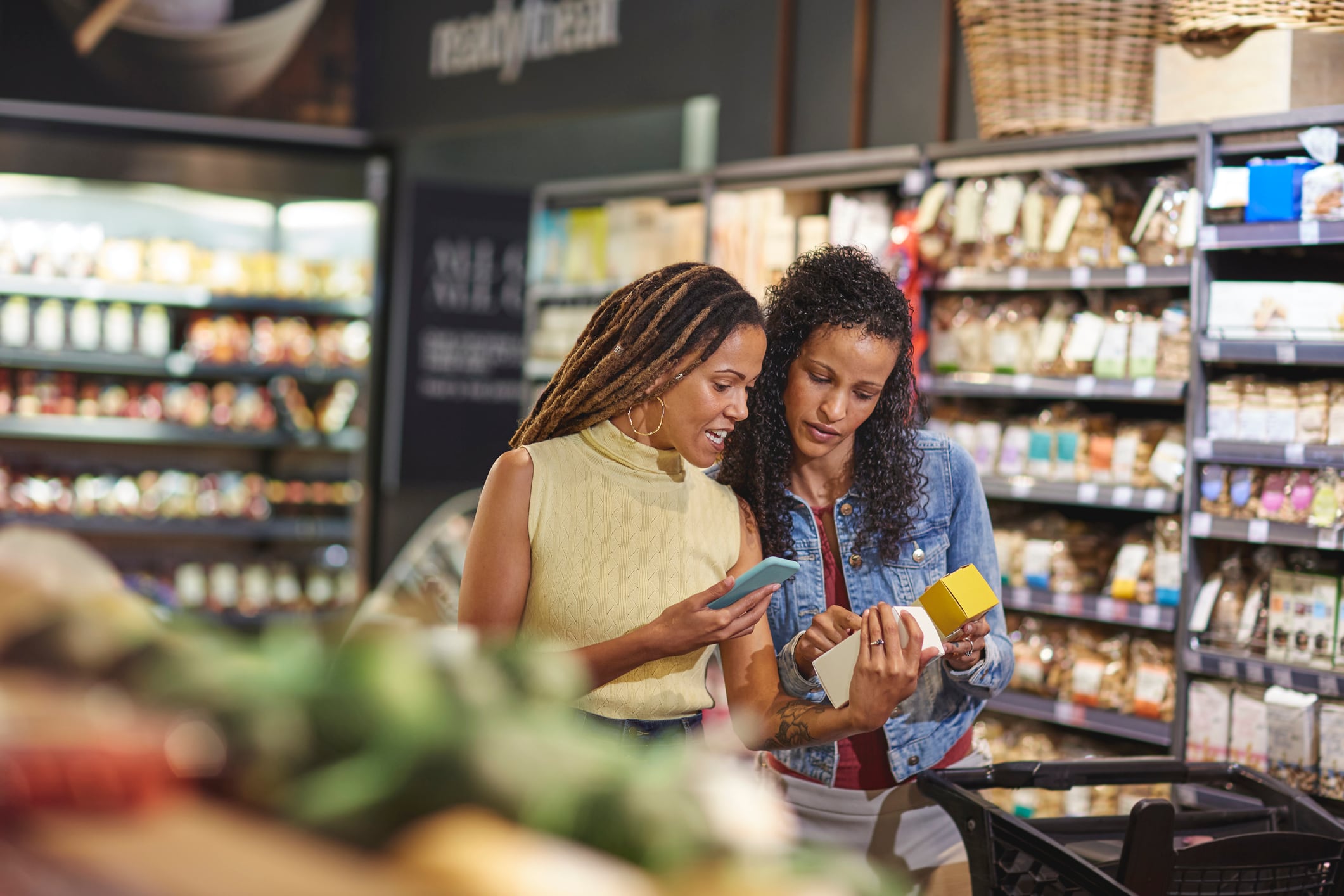Amid mounting US food policy shifts and consumer demand for greater transparency, better-for-you popsicle-maker GoodPop teamed up with brands, like LesserEvil, Quinn and Evergreen, to launch the Good Food Collective (GFC) — a new coalition to unify brands around higher labeling standards, ingredient integrity and consumer education.
For Daniel Goetz, founder and CEO of GoodPop, the GFC culminates a goal he has had since starting the company in 2009.
“I’ve always wanted to create change at an industry level, not just within our own brand,” he said. “As a founder, you realize there’s only so much you can do on your own, but when brands band together, that’s when real movement happens.”
The GFC aims to recruit at least 30 members by the end of 2025, Goetz explained. Current members span frozen treats, snacks, plant-based foods, bakery and beverages – from Dr. Praeger’s and Sweet Nothings to Zico and Culture Pop Soda – all pledging to meet shared standards on packaging transparency and ingredient clarity.
Good Food Collective's standards
- Prioritizing real food as the main ingredient in all products
- Clearly disclosing all ingredients used in products
- Using honest and accurate language and visuals in marketing
- Making product contents simple and straightforward to understand
- Helping consumers make informed, healthy decisions through education
For more information, visit Good Food Collective's website: https://www.good-food-collective.com/
Front-of-pack labeling push
On the coalition’s agenda is front-of-pack (FOP) nutrition labeling. Earlier this month, GFC submitted a formal comment to FDA on its proposed FOP rule, advocating for stronger, more consumer-friendly warnings for products high in added sugar, sodium and saturated fat.
“We’re not here to slow down innovation – we’re here to make sure it’s fair and that consumers can make informed choices,” Goetz said. “The current system puts the burden on the shopper to decode labels. That’s not realistic for busy families.”
Branding and design agency Interact Brands, also a GFC member, developed a prototype label that includes a QR code expanding further on detailed nutritional info and health impact education.
According to GFC’s consumer research, 76% of respondents said they would be likely to scan such a code, and 86% said the redesigned label would make it easier to select healthier foods – compared to only 40% who feel confident interpreting the current Nutrition Facts panel.
Goetz says he sees this as both a policy opportunity and a competitive advantage for mission-driven brands.
“If we can make labels clearer and keep that trust with consumers, we’re not only doing the right thing – we’re building long-term brand loyalty,” he added.
Why launch Good Food Collective now?
The GFC launch comes as the FDA and USDA work toward a uniform definition of ultra-processed foods and consider updates to nutrition labeling. Goetz believes the timing to launch GFC is critical.
“When the policy window opens, you have to be ready. If brands like ours aren’t in the conversation, the industry risks getting left with rules that don’t work for consumers or for innovators,” he emphasized.
While the coalition’s first focus is labeling, Goetz emphasizes the mission is broader. GFC plans to develop its mission around sourcing transparency, packaging integrity and ongoing consumer education.
“Labels are the start,” he said, “but this is about making sure the entire food ecosystem is honest and accessible.”
What does GFC mean for brands?
For packaged food companies – especially smaller or emerging ones – the GFC offers a unified front in proactively participating in regulatory reform. Members pledge to maintain clear, accurate packaging that reflects the product inside, and the GFC plans to periodically review members’ packaging and ingredient disclosures – a standard Goetz believes can raise the bar across categories.
“Our hope,” he said, “is that by working together, we can make transparency the norm, not the differentiator.”
To learn more about the Good Food Collective’s mission and how to participate, visit www.good-food-collective.com.




